|
10/23/2023 East Acton’s Wandering SchoolhousesPreparing for the Society’s latest exhibit on the history of Acton’s schools has led to a flurry of research into some of the lesser-documented schoolhouses in town. East Acton’s schools have been surprisingly challenging to pin down. East Acton was not consistently treated as a distinct school district. Its schoolhouses were used for a relatively short time and then sold off for other purposes, sometimes to be moved down the street or even out of town. In addition, some of our most helpful sources on school history were written by people from other parts of the town; East Acton school information has proved harder to verify. In Acton’s earliest years as a town, individuals were paid to keep a school, presumably in their own house or sometimes in a privately-built schoolhouse. During the 1740s-1760s, the town was divided into a varying number of school districts - first three, then six, then five, then six again. In 1771, the town decided to build (or buy) schoolhouses. One of the existing schoolhouses was on today’s Strawberry Hill Road, perhaps at about today’s #13. (Though that location has been suggested on a historical map from about 1890, so far, no early deed or map has been found to pinpoint the exact location. We only know that it was “near Solomon Burgess” who lived on the north side of Strawberry Hill Road past its intersection with today’s Esterbrook Road.) A vote in May 1795 affirmed (briefly) that this school was going to stay in service, although town meetings’ frequent reconsidering of school locations complicates the job of understanding school history. In the late 1790s, there was also a schoolhouse standing somewhere near the corner of Main Street and Harris St. that would have served North Acton. In November 1800, the town voted to pay Daniel Davis for building a new school at the corner of Great Road and what is now Davis Road. Unlike many reconsidered decisions, this vote apparently led to actual building, because in December 1800 the town debated how they would use the newly built schoolhouse. The issue was whether they would send students from the East and North districts to the new school on Great Road or keep the students in separate districts. They voted to combine the North and East school districts into the new schoolhouse and sell off the old schoolhouse on Strawberry Hill Road and the one around today’s Harris St. The schoolhouses were both sold to David Barnard in Dec. 1800; their eventual fate is unknown. According to an 1849 school report, the 1800 combined schoolhouse was square, four-roofed and one-storied, similar to one that had been built in the town center, also by Captain Daniel Davis. The schoolhouses were painted red with white window trim and Spanish brown roofs in about 1803 (but not before a reconsidering vote on the roof color). The combined school district was not universally favored. The idea of splitting it up again was debated and dismissed in 1803 and 1818. In 1820, John White Jr. and others offered to raise the money independently to pay for a schoolhouse in their part of the district. Evidently that did not pan out, because in 1824, the town again was asked to split the district and elected a committee to look into the matter. In May 1826, the town voted to to purchase land and build two new brick school houses in the “east part of Acton.” Shortly thereafter, they reconsidered their decision. Bricks had been bought already and were given to the Selectmen to dispose of. (This required discussion at two additional town meetings and a second vote in 1827.) The debates continued. In 1832, John White and others tried to opt out of the combined district; that option was also dismissed. So many reconsiderations happened that it is tricky to understand exactly when the issue was finally resolved. In May 1839, the town agreed to make North and East Acton separate districts and to furnish them with brick schoolhouses. The old schoolhouse was to be sold. The North School seems to have been built promptly. Perhaps with too much optimism, it was decided that the East school would be built after agreement was reached on where to site it. There has been quite a bit of confusion among local historians about this school, certainly understandable given the town’s voting record. Some seem to have decided that the brick schoolhouse was never built in East Acton (including Phalen, author of a town history), but that idea is refuted by later records. In April 1841, the task of finding land for the East Schoolhouse was delegated to the selectmen. Although the warrant for the May 1841 meeting asked the town to reconsider that vote, the “decision” at that meeting was to postpone the reconsidering discussion indefinitely. The selectmen seem to have gotten on with the job, because on Sept 20, 1841, William Billings sold the town a piece of land for the new schoolhouse, about 3.5 square rods of land on the north side of the “town road from Acton meeting house to Nathan Brooks” (Strawberry Hill Road) for twenty-five dollars. The site of the brick schoolhouse was shown on four different maps that were drawn up during the school’s period of service. All the maps place the brick schoolhouse on the north side of Strawberry Hill Road, roughly opposite today’s #13. The April 1849 school report describes the new school: In the place of the old house on the great road are built two substantial and convenient brick houses, capable of accommodating fifty scholars each. They have good woodrooms and clothes rooms, and are furnished with black boards and Mitchell’s large map of the world; these last were purchased by subscriptions of the friends of progress in the district. These houses were built at a cost of $525 each, exclusive of the land and its preparation. Sadly, so far, no photograph has been uncovered of the brick East School building. The wooden 1800 schoolhouse eventually migrated up today’s Davis Road and became the second story of an outbuilding on the Ebenezer Davis Jr. farm. A photograph taken by a Davis descendant in the 1890s shows the square schoolhouse installed above a structure with wide doors apparently used for storage. A 1968 picture shows the old schoolhouse above what by then was Wendell Davis’s garage. It is still there today. Acton School Committee reports are available back to the late 1840s. One can learn about the progress and failures of each school and its teachers. They can make enlightening reading. It was customary to hire a female teacher for the spring and summer terms but to hire a male teacher, often a college student trying to supplement his income, during the winter term. The 1860-1861 report informs us that as an experiment, Susan Augusta Davis, who had been a student in the East Acton brick school herself a few years earlier, taught there the entire year. The result: The Winter School was an experiment. It proved a very successful one. The committee believed this school sufficiently civilized and humanized to be well managed by an intelligent female teacher.... We think the work of this teacher day by day, equal to any other in this grade of school ... If we can find such female teachers as Miss D. – and there are many of them – we can have at least one-third more school for the same money heretofore expended for male teachers, some of whom, doubtless, came here mainly to recruit their worn bodies, or fill their empty purses. (School Committee Report 1860-1861, page 21.) It was nice of Miss Davis to teach more hours in the East Acton schoolroom and save the town money. 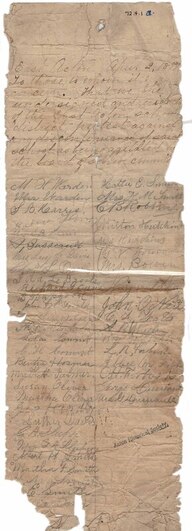 April 1897 Petition April 1897 Petition New Becomes Old Unfortunately, one generation’s “substantial and convenient” building can turn into a later generation’s “smaller” and “inconvenient.” The brick schoolhouse got hard use. As early as 1862, some were advocating for new school buildings in town, but resources were extremely strained by “this grievous war.” No building was done at that time, but the school committee mentioned that “if a change of house is really needed in any district, it is in the East. Their house is more worn, smaller and more inconvenient in proportion to the number of scholars than any other in town.” (1861-1862 School report, page 20) It was not until the 1870-1871 report that a “nice and commodious" schoolhouse had been built. It was a wooden building at about today’s 209 Great Road (around the corner from the Strawberry Hill Road location). The next few years saw wooden schoolhouses also built in the South, West, Center and North districts. The c. 1841 brick schoolhouse was sold in 1870 to Henry Brooks who owned the abutting land. From 1875 and 1889 maps, it appears that he used the building as a paint shop. Ida (Hapgood) Harris, a teacher in the East Acton school in the 1890s, wrote a brief history of the Acton schools. She stated that the East Acton brick schoolhouse had stood on the left side of the road as one was heading away from Great Road, but by the time she was writing in 1937, it was no longer standing. The 1870 wooden schoolhouse was used through Spring 1897. By that time, views of education were changing. Classrooms in which one teacher taught up to eight grades were no longer in favor with educational experts. Apparently, not everyone agreed. It took several years of persuasion by the School Committee and others to make a change. Part of the problem was transportation. Residents from East Acton in June 1896 petitioned to use the funds being spent on the East School to pay for transportation of its students to the Center School. The town refused. This may explain why, in advance of the April 5, 1897 town meeting, a number of East Acton residents signed a protest petition against closing the East Acton school. Whether or not the petition had its intended effect, the Town finally voted to pay to transport the East Acton scholars. The East School was closed and its students were transported to the Center school starting in Fall 1897. (The North school followed in 1899.) The East schoolhouse was sold off. It went to Isaac R. Beharrell, a carpenter and contractor who moved it to West Concord and apparently used it as an office for his business there. We have not yet found out what eventually happened to that East School house. Does it still exist somewhere in West Concord? Was it later torn down? Does anyone have a picture of it during its time in Concord or while it was in East Acton? Please contact us if you can help. Vestiges of East Acton's Schools The Society owns some items related to the East Acton school district in addition to the 1897 petition pictured above. A listing of all students in the "East" district is discussed in a separate blog post. Another document was produced by early-1850s East Acton students, tallying up contributions toward a gift for their teacher Luther Conant, Jr. The Society also owns two large keys, both of which were said by the donors to have unlocked an East Acton schoolhouse. Both had connections to the Henry M. Smith family of Brook Street. A large iron key was donated by the wife of Henry M. Smith’s son Charles; she said that it unlocked an East Acton schoolhouse. A brass key engraved with “Wm. B. Davis” had a tag on it (in Henry’s daughter Martha’s handwriting) stating that “This locked the door of the old brick school house in East Acton.” The brass key was found in Martha Smith’s house at 260 Great Road (torn down decades ago to make way for a shopping center). The tag would seem to be a definitive identification for the brass key, except that consultation with an architect knowledgeable in local history and building practices indicated that the brass key was more consistent with an 1870s door lock, while the larger iron key would be a more logical fit with an 1840s lock. Note that William B. Davis was the school committee member responsible for the East School at the time of transition from the brick to the wooden schoolhouse. He probably had a key to both schools. Both keys seem to have ended up in the Smith family. As mentioned, we have no photographs of the brick East Acton schoolhouse. The Society does own photos that we believe, for numerous reasons, are of the 1870 East Acton schoolhouse. It is in keeping with all of our adventures in the East District that the identification was not simple. The best-identified photo included schoolchildren. The back of the photos says (probably written at least in part by a Society volunteer):
Fall 1889 East Acton School Harris St. Danny Wilson age 9 Effie Wilson Age 6 Gift to the Library by Mrs. Bertha Wilson Joslin, 3 Bow St. Concord, Mass. We are very grateful to Bertha Wilson Joslin for her donation. We believe that it solves our photo identification problems, despite the fact that someone gave the wrong address for the East Acton School. (Harris Street was for some years the site of the North Acton School, never the one in East Acton.) To confirm that the photograph was, in fact, East Acton’s school, we researched the family of Danny, Effie, and Bertha Wilson. They were all children of John Dwight Wilson and Agnes Maria Andrews who came down from Maine (where Danny and Effie were born). John took a job as a prison guard at the Concord Reformatory in 1887. At first, our research made us think that we might never prove where they lived in Acton and where their children would have gone to school. Our late 1880s maps seem to focus on owners, not renters, and we did not find the Wilsons. There is no 1890 census to help. The 1890 town valuation shows that John Wilson was not a property owner; his name was on a list of people who only paid poll tax. Luckily for us, however, another record exists. On August 2, 1889, Agnes Bertha Wilson was born to parents John and Agnes. Unusually, the town clerk that year listed in birth records the section of Acton in which the parents lived, instead of simply writing “Acton.” The Wilsons in August 1889 were indeed living in East Acton, meaning that their children would have attended the East Acton school on Great Road, and we had an identification for the schoolhouse. Finally identifying East School pictures because of Bertha Joslin's donation is a reminder that our ability to answer questions about Acton’s people and history is often dependent upon whether or not someone happens to have donated an item that gives us the clues we need. If other photos of the East Acton school (and other Acton scenes) still exist, having copies in our archives would be a big help to future researchers. Sources Consulted
Comments are closed.
|
Acton Historical Society
Discoveries, stories, and a few mysteries from our society's archives. CategoriesAll Acton Town History Arts Business & Industry Family History Items In Collection Military & Veteran Photographs Recreation & Clubs Schools |
Quick Links
|
Open Hours
Jenks Library:
Please contact us for an appointment or to ask your research questions. Hosmer House Museum: Open for special events. |
Contact
|
Copyright © 2024 Acton Historical Society, All Rights Reserved
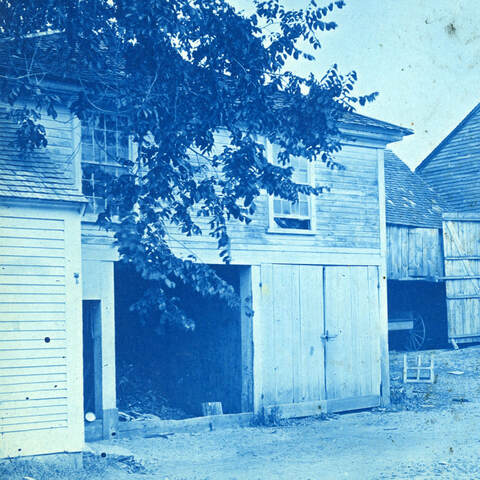
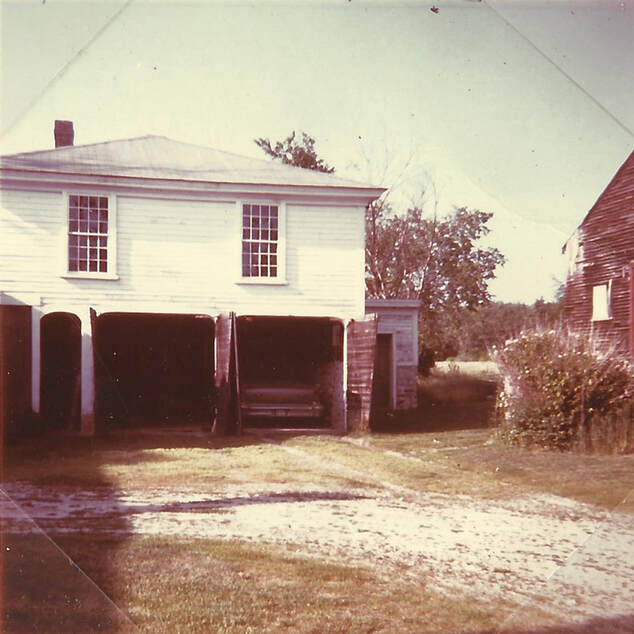
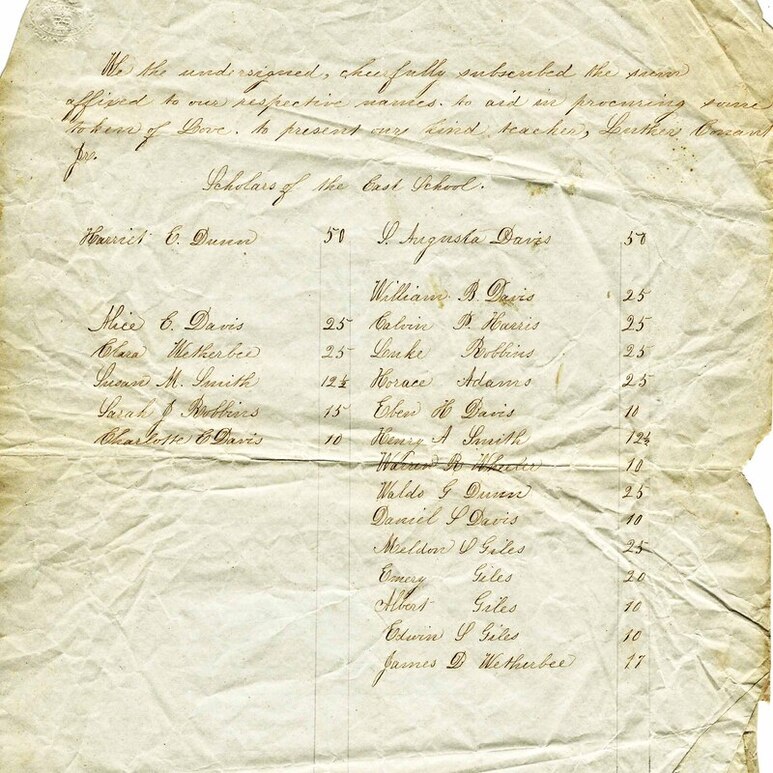
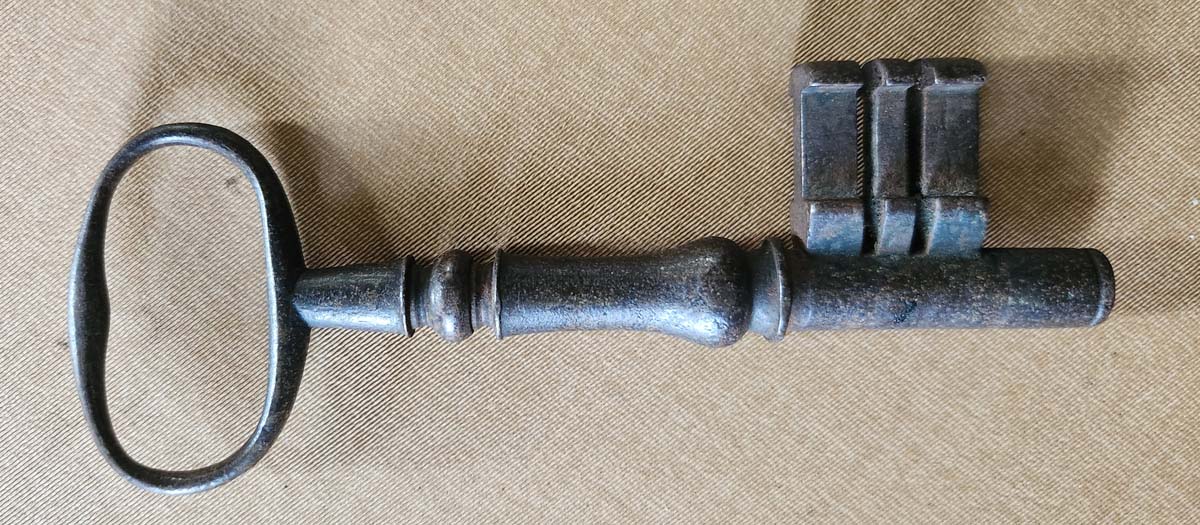
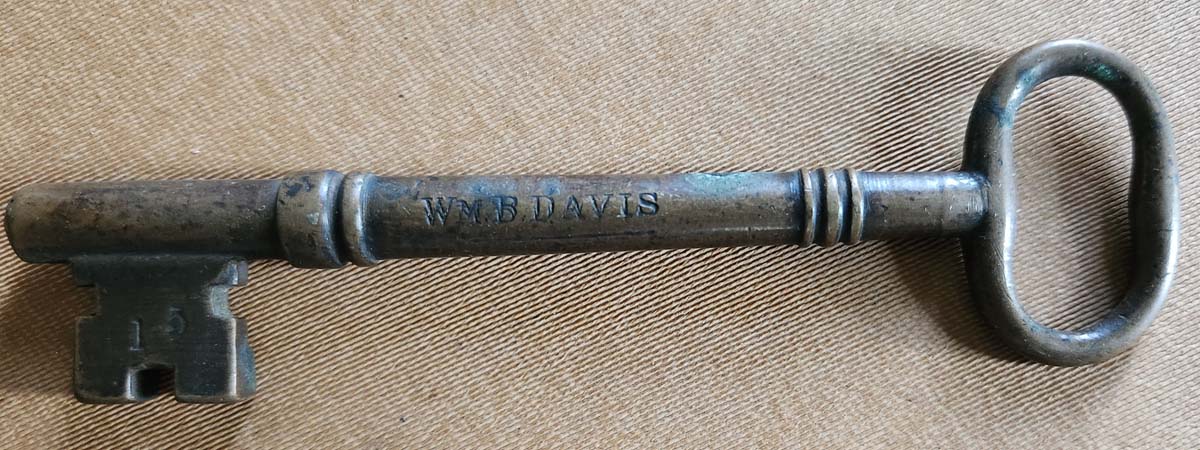
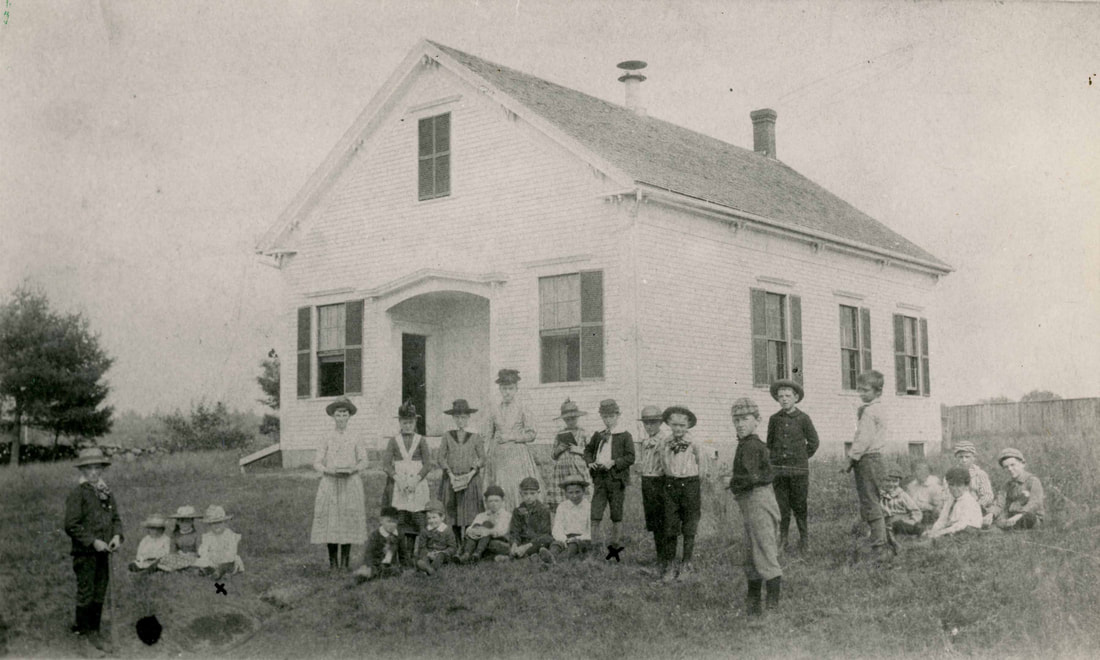
 RSS Feed
RSS Feed